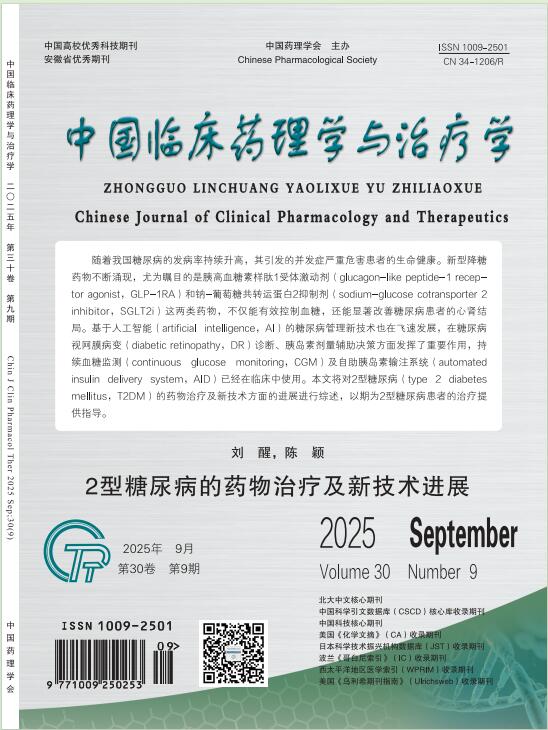Protective effects of pivanampeta on ischemia-reperfusion injury of rat heart
CAO Ze-ling, CHEN Kai, YANG Ting-shu, LONG Chao-liang, LI Xiao-wei, WANG Hai
2005, 10(6):
604-612.
 Asbtract
(
127 )
Asbtract
(
127 )
 PDF (421KB)
(
389
)
References |
Related Articles |
Metrics
PDF (421KB)
(
389
)
References |
Related Articles |
Metrics
AIM: To observe the effects of pivanampeta (Piv) on ischemia-reperfusion injury of rat heart in vivo. METHEDS: Sprague-Dawley rats were randomly divided into two groups. One was 30 min reperfusion group, which was subdivided into sham, control and Piv groups with 30 min ischemia followed by 30 min reperfusion to detect some data related to cardiac function and the area of myocardium infarction. Anotherwas 2 h reperfusion group, which was further subdivided into such sections as follows: sham, model, Piv 3, 6 and 9 mg·kg-1 groups.Apart from the sham, Piv and NS (control) groups were administered intravenously 30 min before occlusion. Then hearts were excised, paraffined and cut into 4 μm think. Immunohistochemistry, in situ hybridization, TUNEL and DNA agarose gel electrophoresis were performed to detect the expression of Bax, Bcl-2, caspase-3, MMP-2 and PPAR γprotein and MMP-2, and PPARγmRNA. RESULTS: Compared with control group, the ratio of nec aar after Piv injected decreased 21 % (P <0.05), while nec lv reduced to 22 %(P < 0.05). Heart rate, +dp /dtmax and Vmax representing the systolic function of heart as well as-dp /dtmax which was the indicator of diastole improved dramaticly at 1 min and 30 min after reperfusion, respectively (P <0.05). In dose-dependent manner, the expression of Bax and caspase-3 protein, MMP-2 protein and mRNA depressed, while the PPARγprotein and mRNA enhanced by Piv. The apoptotic index of subgroups injected Piv reduced with important significance by TUNEL compared with model(P <0.05). DNA ladder existed in model, Piv 3、6 mg·kg-1, rather than Piv 9 mg ·kg-1 by agarose gel electrophoresis. CONCLUSION: Piv shows the protective ability against I R injury of myocardium. Piv administration may reduce the area of MI and improve cardiac function as well as decrease apoptotic cardiomyocytes.

